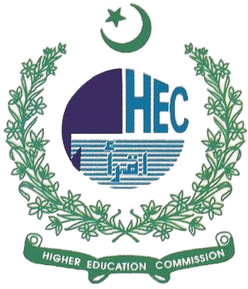AI-ENHANCED ERROR ANALYSIS: IDENTIFYING INTERLINGUAL AND INTRALINGUAL ERRORS IN ACADEMIC WRITING OF UNIVERSITY STUDENTS
DOI:
https://doi.org/10.63878/jalt1176Keywords:
Error analysis, interlingual errors, intralingual errors, AI-enhanced error analysis, error analysis of university students, error categorization.Abstract
This study investigates the efficacy of AI tools to identify and classify writing errors in university students’ essays, focusing on interlingual and intralingual errors. Since writing errors significantly hinder the academic performances of non-native students, the demand for efficient and automated error detection methods has become increasingly evident. The present research incorporates AI-based tools such as OpenAI Playground and PyCharm within a quantitative research design to analyze error frequency and types. Existing error detection methods often lack scalability and accuracy when addressing the complexities of language learning. This method incorporates an automated system to improve academic writing by systematically identifying, categorizing and offering corrective feedback. The results indicate that AI effectively identifies both interlingual and intralingual errors. While intralingual errors were categorized with relative ease, interlingual errors presented greater complexity due to subtle overlaps. Furthermore, AI currently lacks sensitivity to context, culture and linguistic differences of the native speaker’s language, which hinders the process of developing a reliable framework for interlingual error categorization. Present study demonstrates that AI provides comprehensive and time-efficient solutions for automated error analysis, thus enhancing the effectiveness of instructional interventions. The methodology offers precision and relevance across diverse language learning contexts. Future researchers may expand this AI model to accommodate more complex writing contexts and incorporate a broader range of languages.
Downloads
Published
Issue
Section
License

This work is licensed under a Creative Commons Attribution-NonCommercial-NoDerivatives 4.0 International License.


